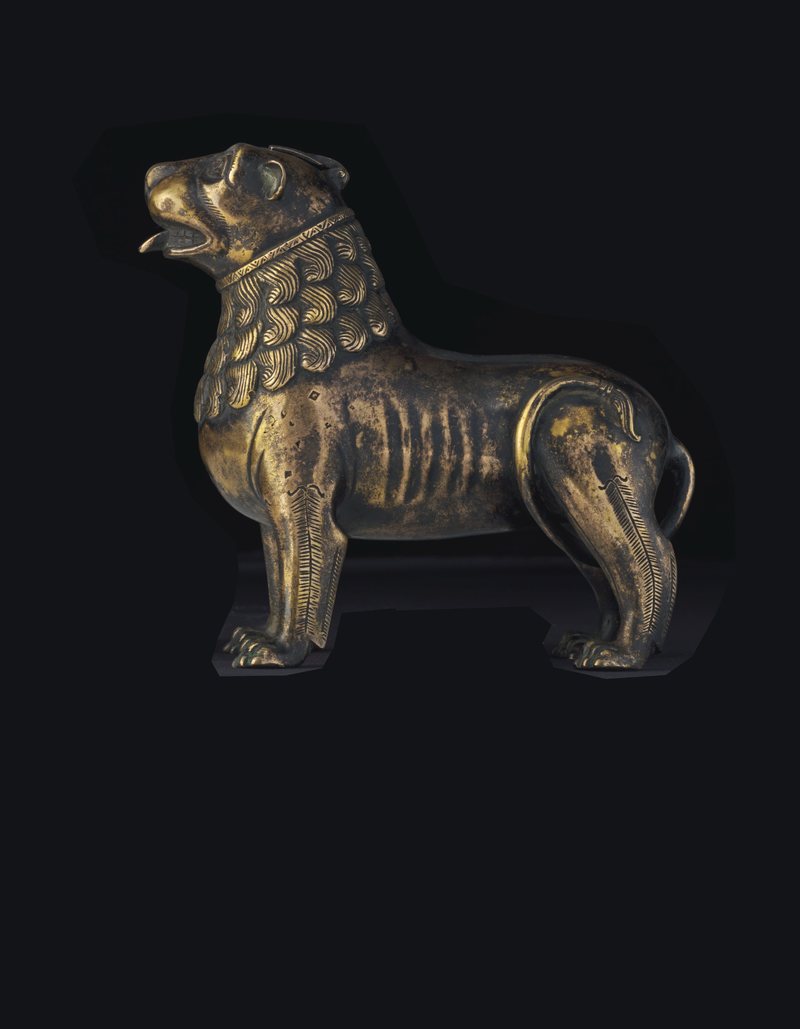
The bronze lion pictured above has a little secret: Its tongue doubles as a water spout. Created in northern Germany, sometime around the year 1200, it served as a sort of watering can for human hands.
Before and after meals, European royalty would use a vessel like this one, called an aquamanile, to wash their hands. Cutlery wasn’t used much in Europe at the time; a few more centuries would pass before forks became popular.

Aquamaniles were also used in churches as part of the ceremony that priests went through before blessing the Eucharist.
European aquamaniles were originally inspired by vessels developed further east. Some of the earliest extant examples of these vessels come from Persia, where aquamaniles dating back to the 800s have been discovered.
The post Fancy Medieval Nobles Washed Their Hands With Bronze Lion-Shaped Vessels appeared first on FeedBox.